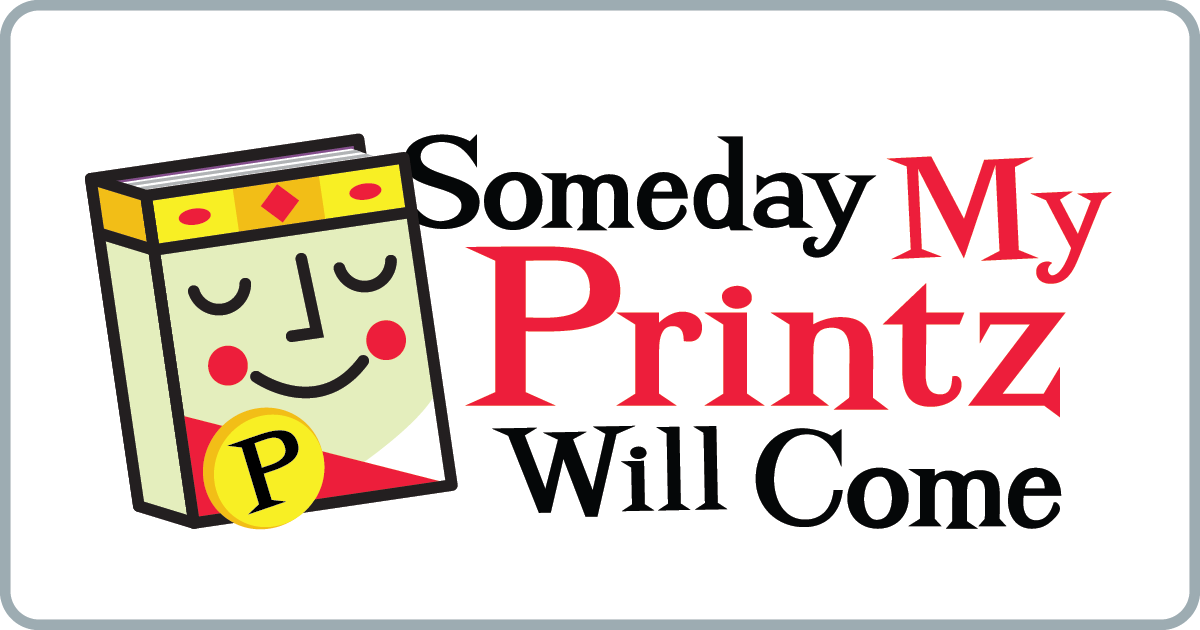SCROLL DOWN TO READ THE POST
Forgive Me, Leonard Peacock
Forgive Me, Leonard Peacock, Matthew Quick
Little, Brown Books for Young Readers, August 2013
Reviewed from ARC
True confession: I had never heard of Matthew Quick until Silver Linings Playbook became an Oscar contender last fall, but then Sophie reviewed Boy 21 for the blog, and then in true Baader-Meinhof fashion, the ARC for Forgive Me, Leonard Peacock showed up on Karyn’s desk. This was probably less a case of Baader-Meinhof and more that Matthew Quick really was (and continues to be) having a moment. Which means I approached Leonard Peacock with a mixture of curiosity and tempered expectations because I’m always skeptical of anyone who’s “having a moment.”
Well, there is a lot of Printz-worthy stuff going on here. Thematically rich, ambitious in voice and style, this novel absolutely deserves to be a contender. But does it hold up to a close reading?
ADVERTISEMENT
ADVERTISEMENT
Written in first person present, the titular Leonard Peacock is THE driving force of the novel. We’re in his head, living every moment of what he intends to be his last day on earth. It’s a difficult place to be, an uncomfortable place, filled with pain and anger. But it’s compelling because he has depth and nuance. Homicidal and suicidal, Leonard impulsively cuts his long hair and leaves the clippings in his refrigerator, actions that are clearly indicative of unstable behavior. However, Leonard demonstrates that’s he’s capable of empathy: in his relationship with his neighbor Walt, in the way he speculates about his favorite teacher’s private life, and even in his failed attempt to apologize to his English teacher after they argue. This is no “case-of-the-week” psychopath; Leonard is fascinating.
His troubled past, which unfolds over the course of the book, leaves a trail of the themes at work in the text. My snap judgment after reading was that abuse, neglect, depression, suicide, and murder are explored at length, but perhaps without too much depth. I think this is partially because we see these issues exclusively through Leonard, and Quick’s focus is on developing him as a character and building his story. Leonard’s depression is profound and clearly the result of the abuse and neglect he’s endured, but how much more is there to say about this? There is a latent commentary on the stigmatization of boys who are victims of sexual abuse, but without enough information about the other characters involved at the time the abuse was occurring, it’s hard to make any definitive conclusions.
But this is not a thematically shallow book, it’s just that the ostensible themes are not actually the richest and most meaningful in the text.
As I was re-reading and gathering my notes for this review, it struck me that duality comes up again and again. Matthew Quick actually lays out the thesis: “…Herr Silverman says we all double in some ways. And everyone in the class knows exactly what he’s talking about, even if they pretend they don’t.” I have mixed feelings about authors speaking through the narrator to “explain” the main idea, but I think it works here because Leonard’s an unreliable narrator whose comments initially read as complaints against his peers.
Having dual aspects of one’s identity is very present in many of the characters. Herr Silverman tries to explain to Leonard that his identity as an educator and as a gay man can’t co-exist at school. Walt and Leonard speak to each other in Humphrey Bogart movie quotes, each taking on Bogie’s persona to communicate. Asher has the public persona of “cool kid,” but he is also dealing with private pain. Quick says that everyone is like this in some way, he demonstrates it, and this concept is the core of Leonard’s character. One part of Leonard wants to take revenge on his abuser and end his own life; the other part is trying to dream a life beyond his pain.
But now, I have to talk about the letters.
Okay, this is a major spoiler but it would be pretty hard to discuss this book at all without major spoilers so you’ve been warned.
Who else was disappointed when it turns out that those letters aren’t actually from the future? The first one appears early on in the narrative, and perhaps I’m biased because I read and watch sci-fi, but I was genuinely excited that the story had taken on an entirely different dimension. The letters put an interesting demand on the writing, because if they are real they assume a positive outcome of the story, shifting the narrative tension from “will Leonard kill Asher Beal and himself?” to “how will Leonard save himself from committing murder and suicide?” The latter is a fascinating question, one that I was excited to explore through the text.
ADVERTISEMENT
ADVERTISEMENT
And then, ugh. Nearly halfway through the book, after three letters, the sci-fi bubble is burst when Herr Silverman asks Leonard if he wrote the letters from the future. Goodbye nuclear holocaust and time travel (because how else would the letters from the future reach Leonard?) and hello writing exercise meant to save a troubled boy. It’s a lovely idea, really it is, but it was the real-world equivalent of Harry being pulled out of the pensieve.
Putting my personal disappointment aside—because we have to critique the book that exists, not the book as I would have preferred it—the letters demonstrate that Leonard has another side of him that is trying very hard to transcend his deep pain. What’s done so beautifully is that Leonard’s imagined future scenario mirrors his hopes for his present: he will survive a horrific situation and become a better person, one worthy and capable of love. To be able to write from the perspective of people from his dream future, he must have the capacity to hope and he shows that he has it.
There are some warts on this frog though. Not all of the characters are well-crafted. In fact, most are caricatures: Lauren and Linda stand out as particularly ridiculous (and doesn’t that seem problematic as these are two major female characters in the novel?). I also wasn’t thrilled about the footnotes. From a design perspective, they were really well laid out to be as unobtrusive as possible, but they represent such a deliberate structural choice, and I found it hard to believe that Leonard’s thoughts are so organized.
Despite the flaws, I think Leonard Peacock is among this year’s best, and it’s certainly one of the stronger contenders. I’m really curious to hear from all of you about this one though, because I have feeling it will also be one of this year’s most divisive titles.
Filed under: Contenders, Fiction
About Joy Piedmont
Joy Piedmont is a librarian and technology integrator at LREI - Little Red School House & Elisabeth Irwin High School. Prior to becoming a librarian, Joy reviewed and reported for Entertainment Weekly’s PopWatch. She reviews for SLJ and is the President of the Hudson Valley Library Association. When she’s not reading or writing about YA literature, she’s compulsively consuming culture of all kinds, learning to fly (on a trapeze), and taking naps with her cat, Oliver. Find her on Twitter @InquiringJoy, email her at joy dot piedmont at gmail dot com, or follow her on Tumblr. Her opinions do not reflect the attitudes or opinions of SLJ, LREI, HVLA or any other initialisms with which she is affiliated.
ADVERTISEMENT
SLJ Blog Network
Instagramming ALA 2025 (Part II)
Review of the Day: Freya and the Snake by Fredrik Sonck, ill. Jenny Lucander
Love in the Palm of His Hand, vol. 1 | Review
Book Review: The Dead of Summer by Ryan La Sala
The Classroom Bookshelf is Moving
ADVERTISEMENT
ADVERTISEMENT








